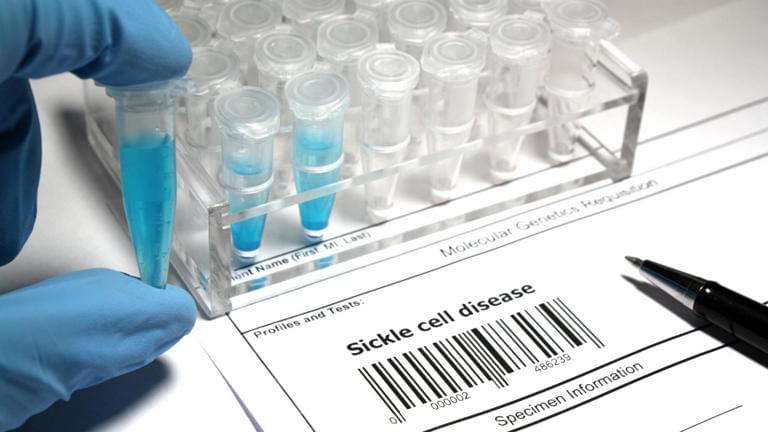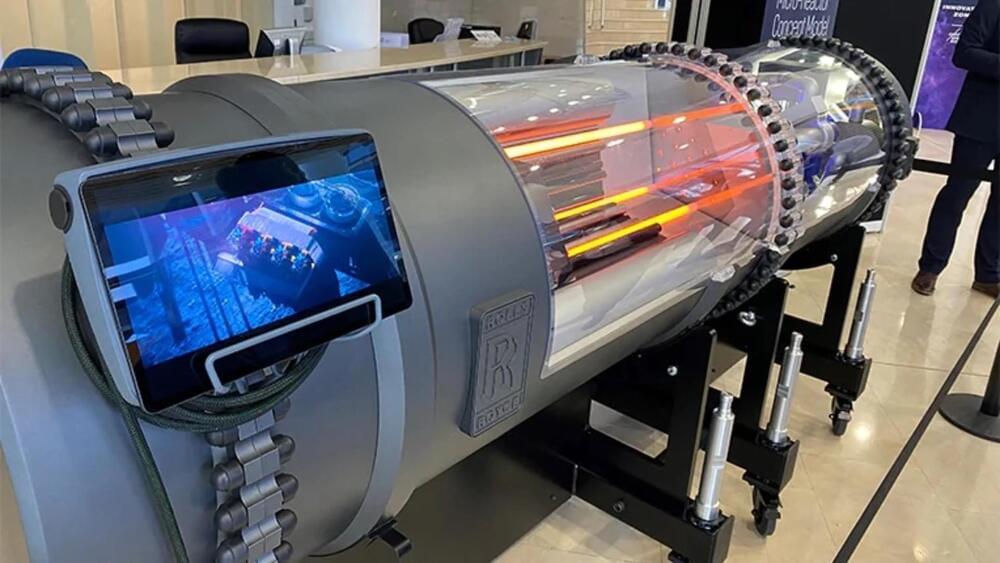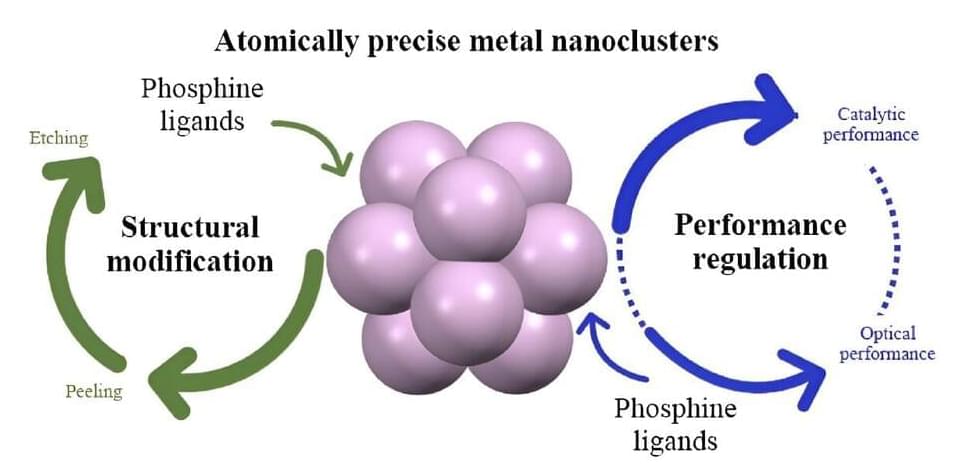The FDA has approved two new gene therapies for sickle cell disease, a ‘functional cure’ for many patients.




Abstract. Individual differences in the spatial organization of resting-state networks have received increased attention in recent years. Measures of individual-specific spatial organization of brain networks and overlapping network organization have been linked to important behavioral and clinical traits and are therefore potential biomarker targets for personalized psychiatry approaches. To better understand individual-specific spatial brain organization, this paper addressed three key goals. First, we determined whether it is possible to reliably estimate weighted (non-binarized) resting-state network maps using data from only a single individual, while also maintaining maximum spatial correspondence across individuals. Second, we determined the degree of spatial overlap between distinct networks, using test-retest and twin data.
Perfect for the holiday season.
*Under very specific conditions dictated by Tesla, that is.

A team of researchers based at the University of Toronto’s (U of T) Leslie Dan Faculty of Pharmacy has discovered a novel ionizable lipid nanoparticle that enables muscle-focused mRNA delivery while minimizing off-target delivery to other tissues. The team also showed that mRNA delivered by the lipid nanoparticles investigated in their study triggered potent cellular-level immune responses as a proof-of-concept melanoma cancer vaccine.
The study, led by Bowen Li, assistant professor, Leslie Dan Faculty of Pharmacy, U of T, was published this week in Proceedings of the National Academy of Sciences.
Called iso-A11B5C1, the new lipid nanoparticle demonstrates exceptional mRNA delivery efficiency in muscle tissues while also minimizing unintended mRNA translation in organs such as the liver and spleen.

A University of Michigan-led study based on a review of genetic and health information from more than 276,000 people finds strong support for a decades-old evolutionary theory that sought to explain aging and senescence.
In 1957, evolutionary biologist George Williams proposed that genetic mutations that contribute to aging could be favored by natural selection if they are advantageous early in life in promoting earlier reproduction or the production of more offspring. Williams was an assistant professor at Michigan State University at the time.
Williams’ idea, now known as the antagonistic pleiotropy theory of aging, remains the prevailing evolutionary explanation of senescence, the process of becoming old or aging. While the theory is supported by individual case studies, it has lacked unambiguous genome-wide evidence.
The central dogma of molecular biology postulates that the information packets encoded within the molecules of deoxyribonucleic acid (DNA) are first transcribed into molecules of messenger ribonucleic acids (mRNAs), and then subsequently translated/decoded to generate molecules called proteins.
Proteins are essential biomolecules that are composed of multiple smaller subunits called amino acids. These amino acids are stitched together via peptide bonds and contribute to the shape, size and charge distribution that the protein, as a sum of its amino acid parts, eventually exhibits.
For cells to make proteins, they need to decode the language of the mRNA (nucleic acid) and translate that into the language of proteins (amino acid). This process is described in molecular biology textbooks interchangeably as mRNA translation or protein synthesis.

A team of researchers has reviewed a unique method for reforming the structures of ultra-small nanomaterials. These nanomaterials, called metal nanoclusters, bridge the gap between the metal atom and the bulk metal, making them highly useful in both basic and applied research. Metal nanoclusters have the potential for wide-ranging applications in the biomedical fields.
The team’s review paper is published in the journal Polyoxometalates.
The team investigated the phosphine-LEIST reaction. This method shows advantages in metal nanoclusters’ structural modification and property modulation. “The method we reviewed is able to modulate the atomically precise structure of metal nanoclusters and regulate their corresponding performance,” said Man-Bo Li, a professor at Anhui University, China.

French startup Mistral AI has released its new language model Mixtral 8x7B via a torrent link. Mixtral is a mixture-of-experts model, following an architecture that OpenAI is rumored to be using for GPT-4, but on a much larger scale.
There are no benchmarks, blog posts, or articles about the model yet, but Mistral-7B — the first version of Mistral AI — generally performed very well and was quickly adopted by the open-source community. Mistral is thought to have used the MegaBlocks MoE library for training. The Paris-based company was recently valued at nearly $2 billion.
In this episode of the Lifespan podcast, Dr. David Sinclair and co-host Matthew LaPlante dissect the topic of brain aging. They explore evidence suggesting that the brain ages more slowly than other parts of the body and highlight how cognitive function is impacted by aging. Different interventions aimed at preserving brain health are also discussed, including a plant-based diet, exercise, metformin, NAD boosters, and sufficienh #Wellness #DavidSinclair #Longevity #BrainHealth #Healthspan